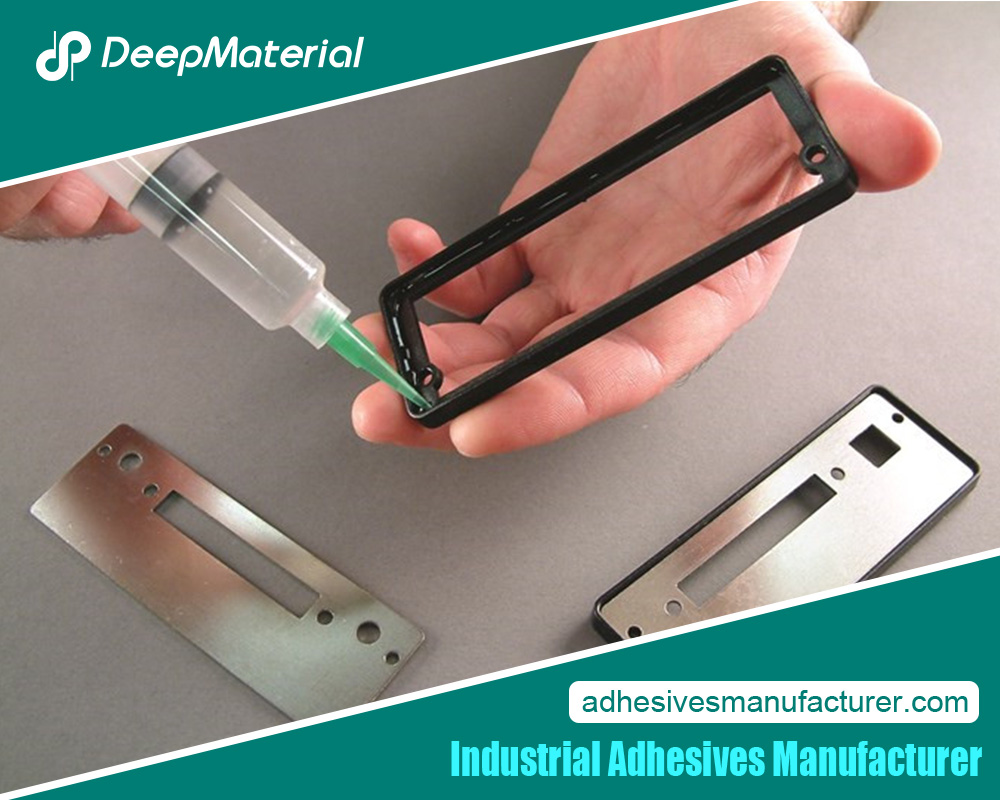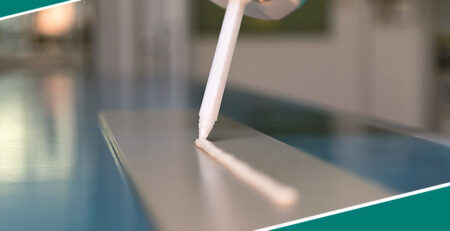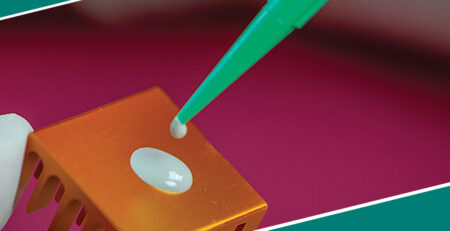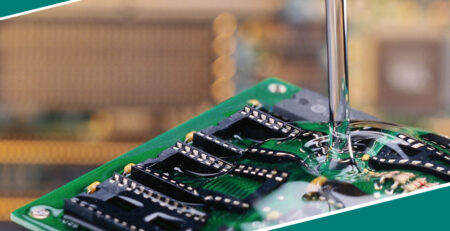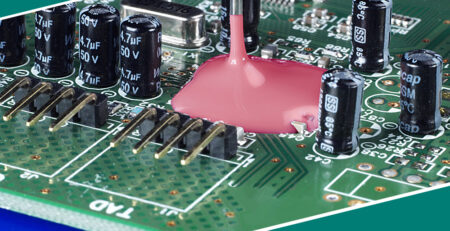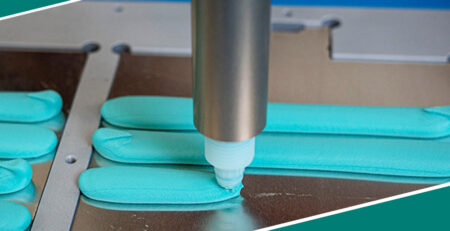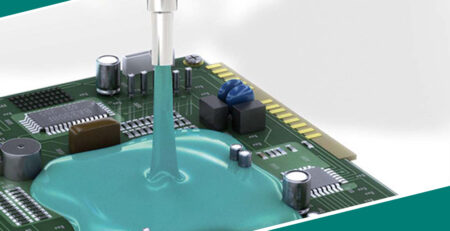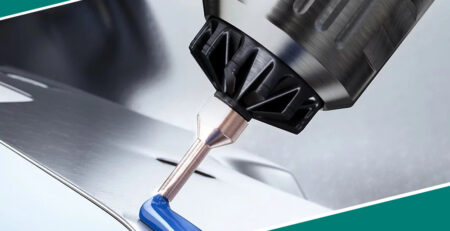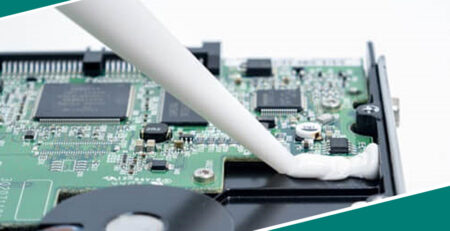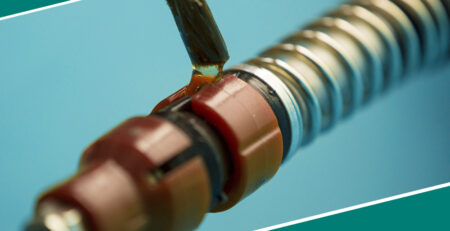UV Cure Adhesive for Glass: Bonding Brilliance Unveiled
UV Cure Adhesive for Glass: Bonding Brilliance Unveiled
UV cure adhesive for glass has made so much difference in the bonding industry in 2023. The discovery and impact of this adhesive has been extremely significant, given that glass is normally delicate. UV (Ultraviolet) cure adhesive technology for glass bonding is a cutting-edge method that harnesses the power of UV light to facilitate rapid and reliable adhesion between glass components.
In this post, we examine the bonding brilliance of UV cure adhesive for glass, including what they mean for glass bonding and the amazing benefits they offer to users. We will start by considering the technology’s overview.
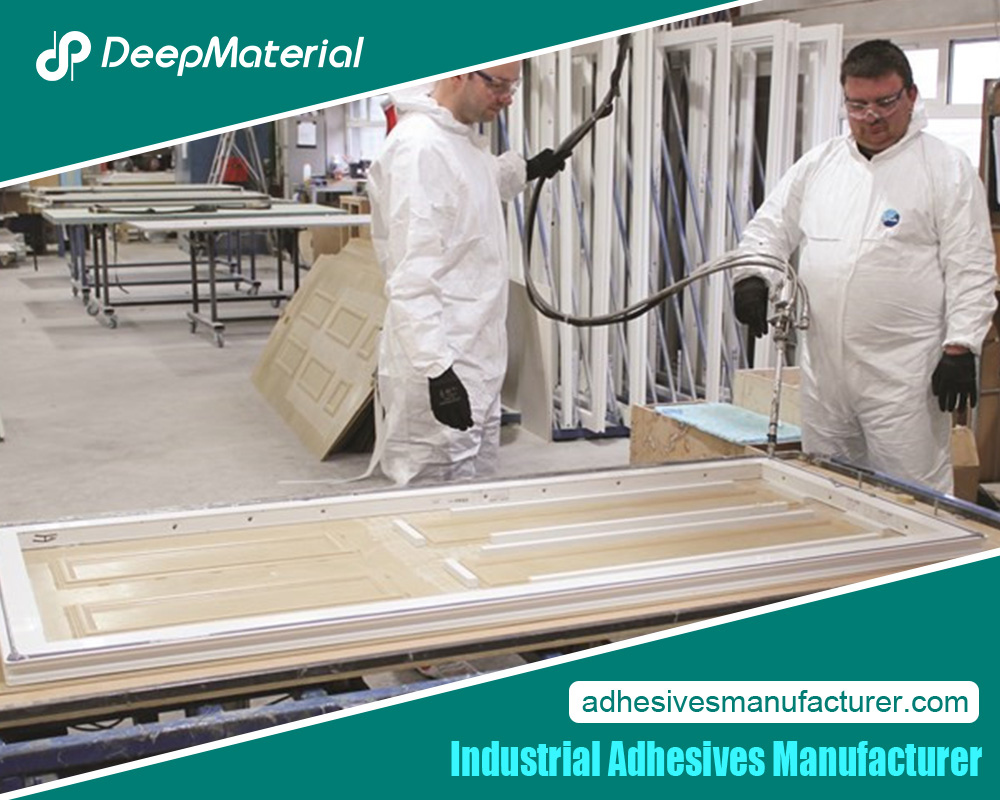
UV Cure Adhesive for Glass Technology Overview
It is easy for us to examine this technology overview over several perspectives. Let’s begin with how it cures;
- Principle of Curing – UV cure adhesives are formulated with photoactive compounds that remain in a liquid or semi-liquid state until exposed to UV light. When subjected to UV radiation, these compounds undergo a photopolymerization reaction, causing the adhesive to solidify and form a strong bond. This curing process is extremely fast, typically taking just seconds to complete.
- UV Light Sources – To initiate the curing process, UV cure adhesives require a UV light source. Common options include UV LED lamps and mercury vapor lamps, each with specific characteristics and advantages. UV LED lamps are gaining popularity due to their energy efficiency, durability, and precise wavelength control.
- Customized Formulations – UV cure adhesive formulations can be customized to meet specific bonding requirements. Variables like adhesive viscosity, curing time, and post-cure properties can be tailored to suit the needs of different applications and industries.
- Bonding Versatility – UV cure adhesives are suitable for bonding a wide range of glass types, from standard soda-lime glass to specific glasses with unique compositions. They adapt well to different glass thicknesses, shapes, and sizes, making them versatile for various bonding scenarios.
- Strong and Durable Bonds – The rapid curing process does not compromise the strength and durability of the bonds formed. UV cure adhesives create robust connections that can withstand mechanical stress, temperature variations, and environmental exposure.
- Clean and Precise Application – UV cure adhesives offer clean and precise application, minimizing waste and ensuring minimal disruption to the bonding environment. Their ability to cure on demand provides exceptional control over the bonding process.
- Applications Across Industries – UV cure adhesive technology finds applications in a wide array of industries, including electronics (for device assembly and display manufacturing), automotive (in structural bonding and glass components), medical devices (for biocompatible and rapid bonding), and architectural and construction (for glass façades and interior design).
- Environmental Considerations – Many UV cure adhesives are favored for their zero emissions and reduced energy consumption during curing. This aligns with eco-friendly manufacturing practices and sustainability goals.
UV cure adhesive technology for glass bonding represents a versatile and efficient approach to joining glass components in various industries. Its rapid curing, precision, and adaptability have made it a preferred choice for achieving strong and durable bonds in an environmentally conscious manner.
The Non-Negotiable Benefits of UV Cure Adhesive for Glass
UV (Ultraviolet) cure adhesive holds significant importance in the realm of glass bonding for several compelling reasons:
- Rapid Curing – UV cure adhesives cure almost instantly when exposed to UV light. This rapid curing process drastically reduces production cycle times, enabling faster manufacturing and assembly processes.
- Strong Bonds – UV cure adhesives form exceptionally strong and durable bonds. They create a robust connection between glass components, ensuring reliability and longevity in various applications.
- Precision and Cleanliness – UV cure adhesives offer precise control over the bonding process. They can be dispensed and applied with high accuracy, minimizing waste and mess during assembly.
- Wide Applicability – UV cure adhesives are versatile and can bond different types of glass, from thin, delicate glass sheets to thicker and more robust variants. They adapt to various glass compositions and surface treatments.
- Environmental Friendliness – Many UV cure adhesives have low or zero volatile organic compound (VOC) emissions, contributing to environmentally friendly manufacturing practices. They are favored in industries with sustainability goals.
- Optical Clarity – UV cure adhesives can be formulated to maintain optical clarity, making them ideal for applications where transparency and aesthetics are essential, such as in display screens and architectural glass.
- Resistance to Environmental Factors – UV cure adhesives often exhibit excellent resistance to environmental factors like moisture, temperature variations, and UV radiation, ensuring the longevity of bonded glass structures.
- Versatility Across Industries – UV cure adhesive technology finds applications across diverse industries, including electronics, automotive, medical devices, and construction, catering to a wide range of bonding needs.
- Ease of Quality Control: The rapid curing process allows for real-time quality control and inspection, minimizing defects and ensuring consistently high-quality bonds.
UV cure adhesive technology has transformed glass bonding, offering a combination of speed, strength, precision, and environmental benefits that are increasingly vital in today’s manufacturing landscape. Its versatility and reliability make it a crucial tool in achieving excellence in glass bonding applications.
Overcoming UV Exposure Issues
UV exposure issues can pose challenges in the use of UV cure adhesives, particularly in glass bonding applications. Addressing these challenges is essential for achieving successful bonds. Here are key strategies for overcoming UV exposure issues;
- Proper cure time and intensity
- Light distribution
- Shadow areas
- Adhesive selection
- Light shielding
- Process control
- Testing and quality control
- Optimize UV adhesive formulation
- UV measurement
- Environmental factors
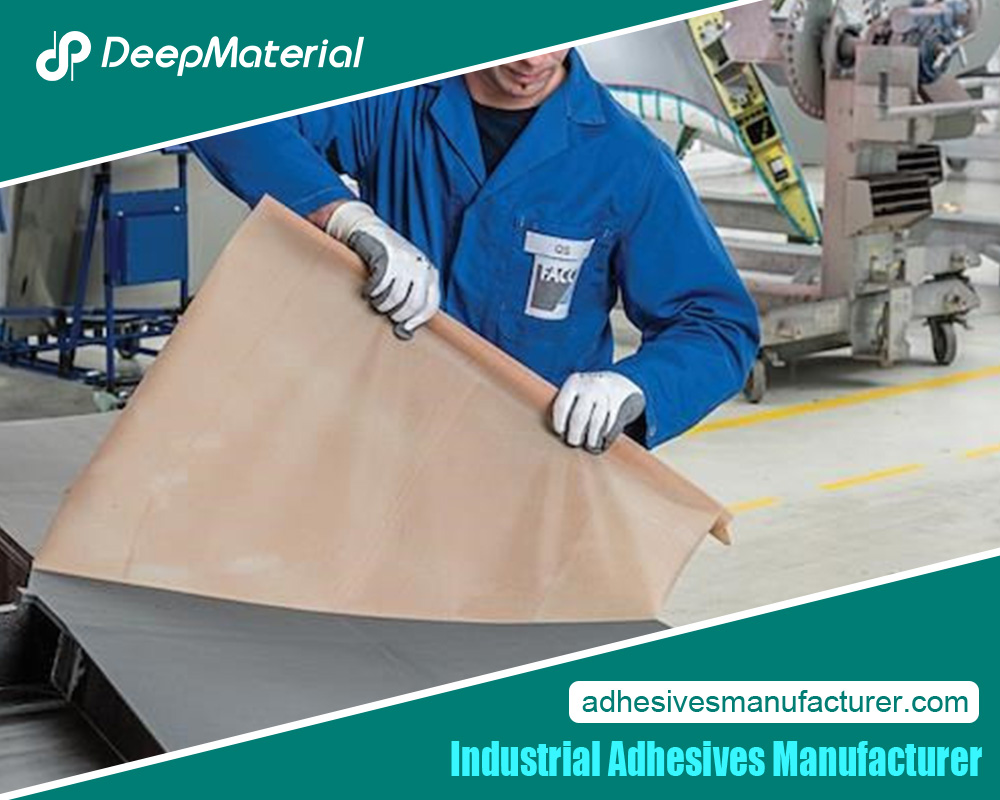
Final Words
UV cure adhesive technology is of paramount significance in glass bonding, offering rapid, robust, and precise bonding solutions across industries. It revolutionizes manufacturing processes, ensuring both efficiency and durability. Encouraging informed adhesive selection and application practices is vital to harness its full potential, enhancing product quality and reliability. Looking ahead, emerging trends in UV cure adhesive technology indicate a continued focus on sustainability, enhanced customization, and broader industry adoption.
For more about the UV cure adhesive for glass, you can pay a visit to Deepmaterial at https://www.adhesivesmanufacturer.com/ for more info.

